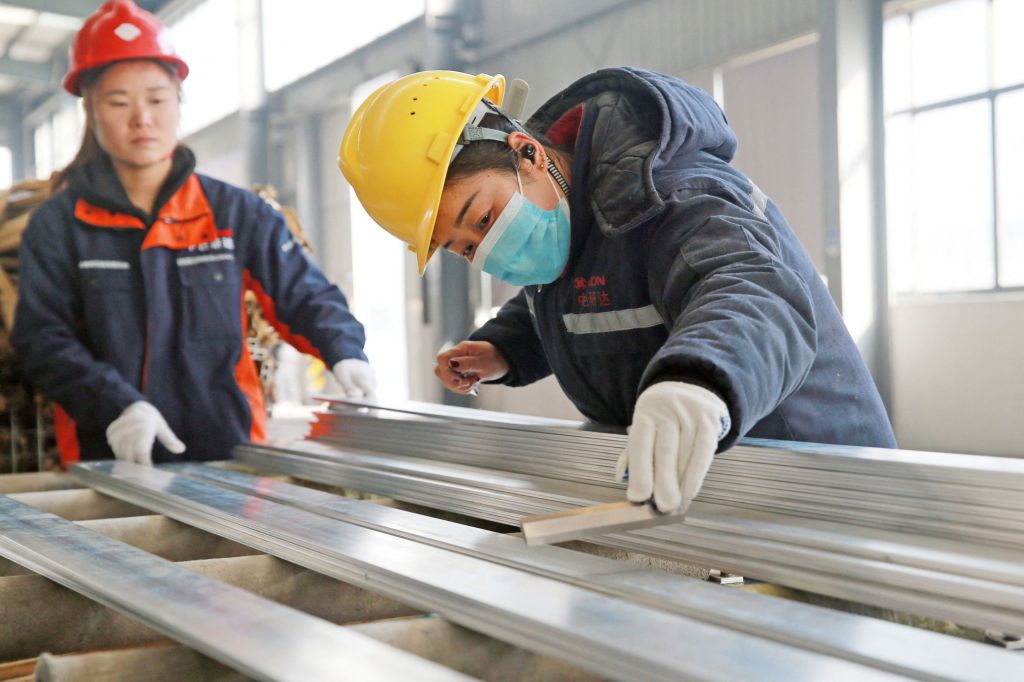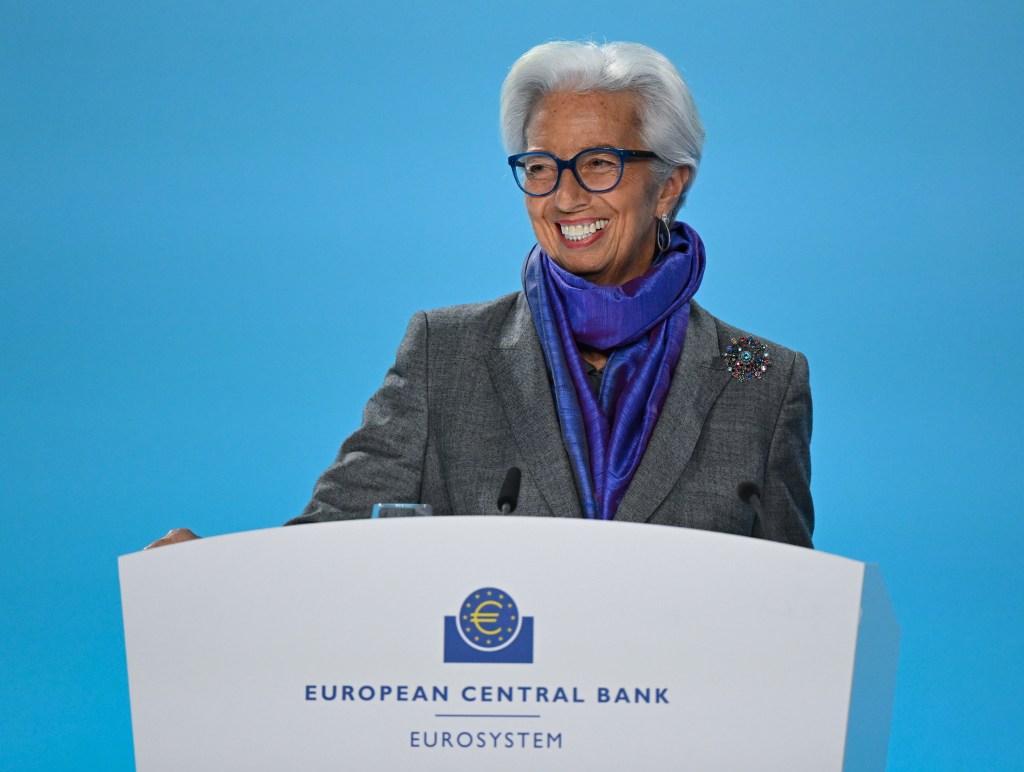Hamish Tadgell is the portfolio manager of the SGH High Conviction Fund, with $100 million in funds under management invested in Australian equities with a return of 9.56% a year since its inception in 2004.

How do you prepare for your work day?
Hamish joined SGH in July 2015, and he was previously at Goldman Sachs, where he was chief investment officer – Australia for global investment research.
In his 24-year career, Hamish has worked in Australia and the UK at JB Were and Goldman Sachs, as well as seven years in professional services at Arthur Andersen.
What was special about 2022 for investors and investing?
2022 was an extraordinary year in many respects for investors. Most notably, it has been rare historically to see a correlation in drawdowns in equity and fixed-income markets as we have seen in the last 12 months.
“We are in the business of managing uncertainty and risk, by looking for positive developments currently not fully appreciated and avoiding negative developments.”
For the classic 40/60 balanced portfolio, it has been the worst return for nearly 100 years, so it’s hard to call this special unless you were positioned to take advantage of it. The positive in equity markets was to be found in the energy sector and resources stocks which benefited from the move higher in commodity prices.
What companies, sectors, and industries are you watching and why?
Commodities and energy stocks will continue to benefit from higher prices and longer-term fundamental changes in monetary policy, geopolitical realignment and decarbonisation. In the short-term, China’s U-turn on its zero Covid policy, coupled with the relaxation of property developer financing policy restrictions, should also support resources and energy stocks, like Woodside Petroleum, Santos, BHP, and Rio Tinto. The reopening will see an increase in activity. Still, in speaking to contacts on the ground in China, this is likely to be work that has been delayed rather than a wave of new projects and investment, raising questions about the sustainability of demand six to 12 months from now unless there is further stimulus.

The largest tailwind for the Chinese economy will be in the recovery in consumption, which is coming off a very low base after being suppressed for the past few years. However, we see a risk in potentially over-extrapolating the wave of revenge-spending in discretionary retail and prefer to play sectors and stocks more leveraged to the recovery in growing mobility, travel and tourism.
This should be positive for the airlines and oil prices and, in the medium term, the domestic electric vehicle industry (and battery metal stocks exposed to lithium, copper and nickel). We also see good opportunities in businesses leveraged to China-Australia inbound tourism, regional travel and international student market, including Corporate Travel and IDP Education.
What has been the best investing strategy you have ever used?
As active long-only Australian equity investors, we have a disciplined approach to identifying quality businesses at attractiveness valuations. We are big believers in “price is what you pay, and value is what you get” and have a fundamental approach focused on a business’s competitive advantage, cash generation and ensuring a margin of safety in what we pay.
Over the years, the biggest winners have come where there has been a level of uncomfortableness. It is not that we haven’t done the work up front; instead, we look for mispriced opportunities, which necessarily means thinking differently from the crowd. We are in the business of managing uncertainty and risk, by looking for positive developments currently not fully appreciated and avoiding negative developments. It is not always possible, and we learn from our mistakes, but I have found the best way to do this is through hard work, being disciplined in your approach and avoiding the noise and FOMO [Fear Of Missing Out].
One of the attractions of working in markets is each day is different, and you never quite know what announcement or news you’re going to deal with from one day to the next. If you are curious by nature and love learning and the challenge of embracing change and uncertainty, there’s no better job. That said, I tend to be a creature of habit. Early to rise a walk, swim or a game of real (royal) tennis, and at my desk early to digest the overnight markets. We have a short investment team call each morning to talk about the events and any notable developments in the day ahead.
What is one thing that keeps you sharp and focused on succeeding?
It’s a privilege to work in the investment business and be entrusted by our clients to manage their money. The real focus and determination to succeed come from working with our clients to help them meet their long-term objectives and financial goals, whether that be paying for their children’s education, funding charitable activities or financial independence and retirement.
One of our clients has a global charity and invites all those associated with the charity, including fund managers and some of the beneficiaries, to an annual dinner where they talk about the charity’s activities and the work it is doing. It is very powerful and humbling to see our part in the much bigger picture delivering real-world outcomes and improving people’s lives. That is what keeps me focused.
How have you seen the investing landscape change in the past five years?
The investing landscape and equity market performance in the past five years have primarily been driven by extreme monetary policy. Central banks first had to embrace quantitative easing. Then they had to deal with the pandemic, the explosion in the money supply from Covid stimulus measures, and now tame inflation with the fastest rate hiking cycle in history. This has had enormous implications for real yields and valuations and has seen massive dispersion in sector returns at different points.

In the post-pandemic era, there is growing evidence that the world is changing, and several important structural shifts are afoot. These include a move from globalisation to alliances and shoring up supply chain sovereignty and resilience; labour and energy being cheap and plentiful to scarcer and more expensive; and greater government intervention and regulation. All of these trends are inflationary. From an investment perspective, the issue is whether inflation will prove more persistent and require tighter monetary policy or tighter financial conditions will start to bite, and inflation slows into a slowing economy.
How should investors be thinking about the next five years?
It remains to be seen whether inflation will prove more persistent and sticky. Over the first half of 2023, the reported inflation numbers in the US and domestically will benefit from the positive year-on-year base effect from declining goods and supply chain issues.
However, returning inflation to sustainable levels requires a slackening in labour markets to dampen wage growth and consumption.
There is a risk inflation remains more persistent due to the geopolitical and structural forces at play. While in periods of higher inflation, equities have historically outperformed bonds and cash. However, actual returns across all asset classes will be lower. If this is the case, sector and returns dispersion and market volatility are likely to remain elevated, and we need to think differently about portfolio construction. This will require investors to be active and selective in identifying opportunities and managing uncertainty, not predict it, by taking advantage of potential tailwinds and trying to avoid adverse developments.
This article represents the views only of the interviewee and should not be regarded as the provision of advice of any nature from Forbes Australia. The article is intended to provide general information only and does not take into account your individual objectives, financial situation or needs. Past performance is not necessarily indicative of future performance. You should seek independent financial and tax advice before making any decision based on this information, the views or the information expressed in this article.